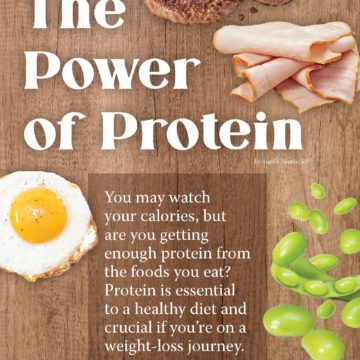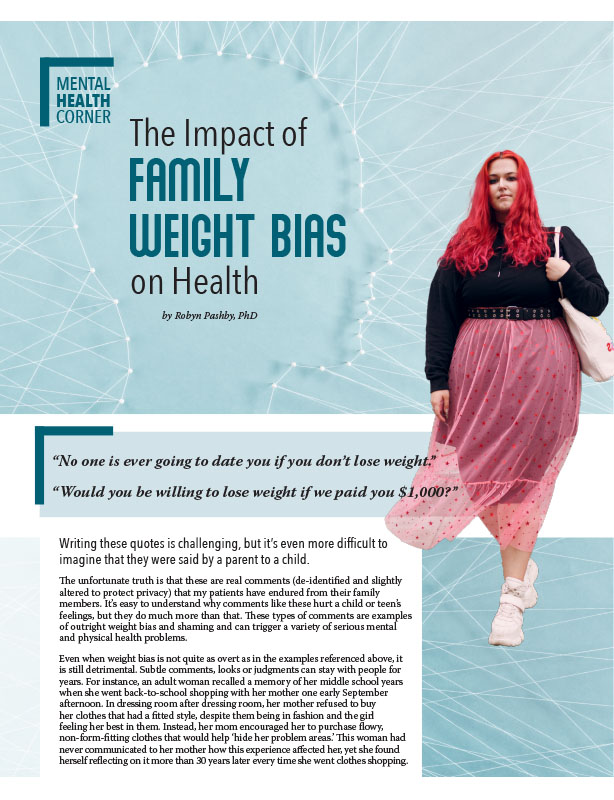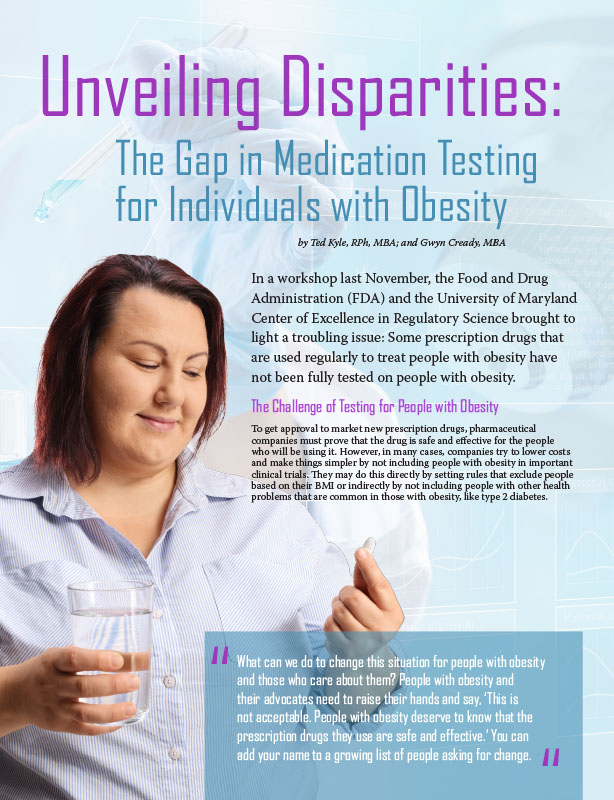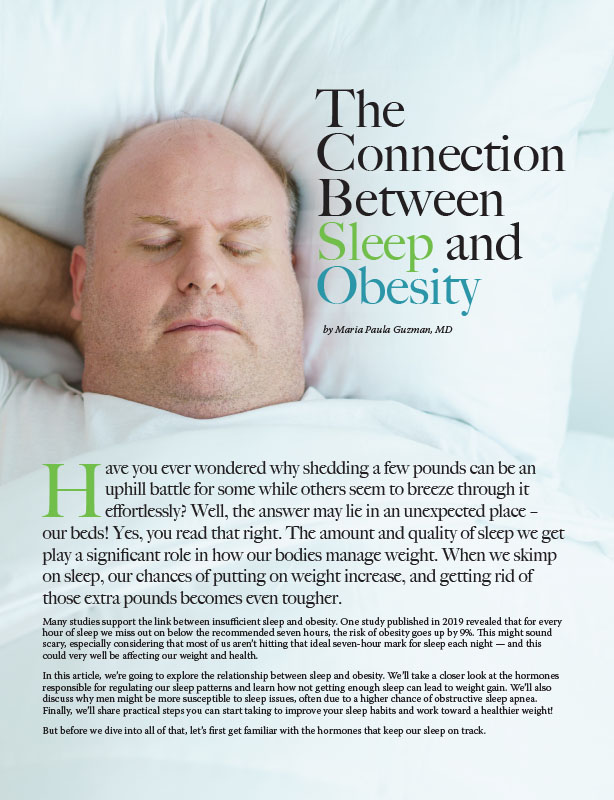Sneaky Thoughts and Sticky Feelings: A Guide to Getting Unstuck

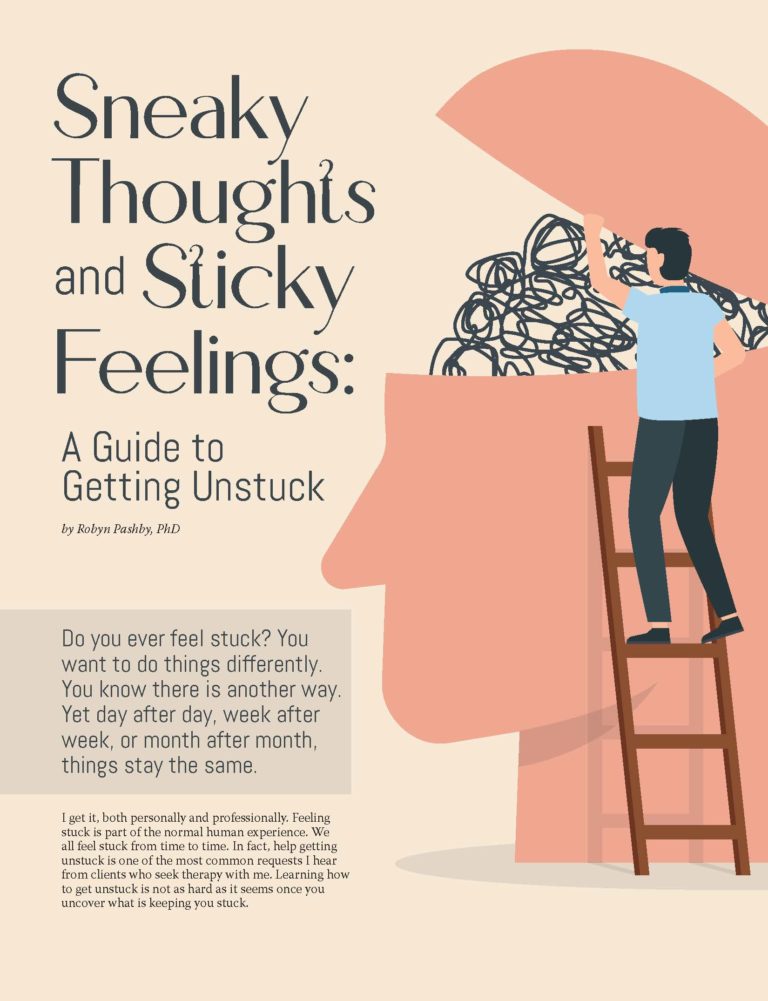
by Robyn Pashby, PhD
Winter 2023
Do you ever feel stuck? You want to do things differently. You know there is another way. Yet day after day, week after week, or month after month, things stay the same.
I get it, both personally and professionally. Feeling stuck is part of the normal human experience. We all feel stuck from time to time. In fact, help getting unstuck is one of the most common requests I hear from clients who seek therapy with me. Learning how to get unstuck is not as hard as it seems once you uncover what is keeping you stuck.
Why Do I Feel Stuck?
Let’s say you feel stuck in some behavior cycles you’d like to change. Maybe you find yourself emotionally eating every night around 9 p.m., or you really want to do a yoga class before logging on in the morning, but you find yourself playing games on your phone so late each night that you keep snoozing through your alarm. Time and time again, you try to break the cycle. You wake up each morning with a vow to do it differently. But then, bam! The same cycle shows up again that very same evening. What is going on?
The truth is these “stuck” behavior cycles actually reflect something much less observable, but arguably much more important. Behaviors are the observable outcomes of how you think and feel. In other words, your behavior is a window into your thoughts and feelings. Behavior isn’t something to be looked at, rather looked through. Another way to think about it is that behavior is the outcome while thoughts and feelings are the equation. If you keep solving the same equation, you’re going to keep getting the same answer.
So, let’s look through the behavior window to see what we find. What we often uncover are common, predictable and sneaky patterns of thinking which contribute to unpleasant (or sticky) emotions.
The equation goes like this:
Sneaky Thoughts + Sticky Emotions = Stuck Behavior Cycles
Below, I’ve listed some of the common equations for “stuckness.”
- Perfectionism:
If I had a nickel for every time a client said, “I am not a perfectionist! If I was, I’d be healthier, cleaner, more organized and on time,” then I’d be rich! Hear me out. Perfectionism may be THE reason you are struggling to get more organized, arrive on time, and so on. When you have perfectionist thinking, you put things off for as long as possible because the anxiety (sticky emotion) of completing the task in a less-than-perfect way is high. If you find yourself thinking that you don’t know the ‘right’ place to start or the ‘best’ way to approach the task at hand, then you will benefit from looking out for perfectionism. This sneaky thinking habit contributes to a host of sticky emotions, including anxiety, frustration, helplessness and even hopelessness.
Perfectionism + Anxiety/ Hopelessness = Stuck
- All-or-Nothing Thinking:
Closely related to perfectionism is all-or-nothing thinking. Nearly every day, I hear clients engaging in all-or-nothing thinking patterns that affect their lives in both small and significant ways. A woman who hasn’t had time to exercise in months because she has sneaky all-or-nothing thinking is more prone to think she must work out for at least 60 minutes, or else it just isn’t worth it. She may feel disappointed, frustrated and mad at herself for not exercising. Day after day, she can’t seem to find that full 60 minutes, despite knowing that a 30-minute walk would feel great. A kid who makes one mistake while coloring a picture in their coloring book may rip out the whole page and crumple it up in frustration just because they feel like they have to color inside ALL the lines or otherwise start over. They may get angry and sad and never quite complete any one picture in the book.
All-or-Nothing Thinking + Failure/ Depressed/ Angry = Stuck
- The Tyranny of Shoulds:
“I should get more exercise.” “I should stop eating carbs.” “I should be better at (this task, this relationship, achieving this goal).” Slightly less sneaky (but no less important), ‘shoulds’ matter. Chances are, you ‘should’ yourself many times per day. Each time you do, be on the lookout for a sticky emotion to follow. Feeling discouraged, disappointed and worthless are common because the ‘shoulds’ tell us that we don’t measure up and that we aren’t good enough.
Shoulds + Discouraged/ Worthlessness = Stuck
- Self-criticism or Negative Self-talk:
All of these thought patterns contribute to negative self-talk, but the topic is so important that it deserves its own spot on our list. More often than not, negative self-talk reflects deeper feelings of shame, and shame is the stickiest emotion there is. “How could I be so stupid?” “What is wrong with me?” “I am such a loser.” Each of these negative self-talk statements are sneaky because they happen mostly underneath our conscious awareness. They may pop up even when you’re in the midst of doing something else. Walking by a window reflection and catching a glance at your body can trigger this sort of self-talk, even while you’re taking a business call or preparing dinner for your family.
Negative Self-talk + Shame = Stuck
Notice that the common equation is:
Sneaky Thinking Patterns + Sticky Feelings = Stuck Behavior Cycles
When you focus only on the behaviors you want to change rather than what is causing them, you are much more likely to stay stuck.
What Can I Do?
- Focus On Sneaky Thoughts:
The first step is to shift your attention away from your behavior and toward your thoughts instead. Stop letting those sneaky thoughts hide! Bringing them to your awareness gives you the chance to challenge and change them. Tune in and listen to what you are saying to yourself. Determine if you are falling into any of these common, sneaky thoughts we’ve just reviewed or identify others that may be getting you caught in sticky feelings. If you catch yourself being perfectionistic or engaging in all-or-nothing thinking, then change it up. Try telling yourself that you will experiment with a new way of thinking about this situation. A small shift in thinking can go a long way toward getting unstuck.
- Practice Feeling Your Emotions:
Remember, all feelings are valid and not all negative feelings are sticky. Are you lonely because you haven’t seen your loved ones in a long time? Are you worried you forgot to mail your rent check on time? Both are completely valid. So, how can you tell if your emotions are sticky? When they stick around.
The emotions just mentioned rise and ultimately pass. Why? Most often, it’s because you do something about them. Are you missing your loved one? You probably pick up the phone, write an email or plan a visit. Are you worried you forgot to mail your rent check? You can talk to your landlord to explain the situation and then set up automatic payments so that it doesn’t happen again.
These actions are a sign that you aren’t stuck! They can also help your emotions follow a natural course with a beginning, middle and conclusion. Instead, being stuck is a sign that there is a slow simmer of emotions in your gut, and you may be working pretty hard to avoid it. Instead of avoiding it or wishing it away, tune in to your feelings. Practice a few deep breaths and then allow the feeling to come. Remind yourself that all feelings are valid, natural, and they are messengers that can guide us out of feeling stuck. The more you practice feeling your feelings, the less likely you are to get caught in them.
- Set Realistic and Small Goals:
The steps I’ve proposed in this article take time. I’ve been working on them myself for years. The more you practice tuning into your thoughts, feeling your feelings and treating yourself with kindness and compassion, the easier it is to move out of feeling stuck and toward the lifestyle you want to live. Start by saying just one encouraging thing to yourself each morning or adopt an attitude of curiosity about your emotions rather than self-judgment. No matter how you begin, start smaller than you want to and just keep going.
Conclusion
The Obesity Action Coalition’s (OAC) Health Talks, articles and other resources are a great place to get more information about tools for getting unstuck. I also always encourage you to consider working with a counselor, therapist or other support network to help you along your path. ALL of us need each other and all the support we can get. Hopefully, your sneaky thoughts didn’t just tell you that you ‘should’ figure it out on your own!
About the Author:
Robyn Pashby, PhD, is a clinical health psychologist, a passionate OAC member, and someone who has both personal experience with and a family history of obesity. Dr. Pashby has spent the last 15 years incorporating mental healthcare into obesity treatment in a variety of multidisciplinary settings, and most recently in her own behavioral health group practice.
by Robyn Pashby, PhD Winter 2024 “No one is ever going to date you if you don’t…
Read Articleby Ted Kyle, RPh, MBA; and Gwyn Cready, MBA Fall 2023 In a workshop last November, the…
Read Articleby Maria Paula Guzman, MD Have you ever wondered why shedding a few pounds can be an…
Read Article





